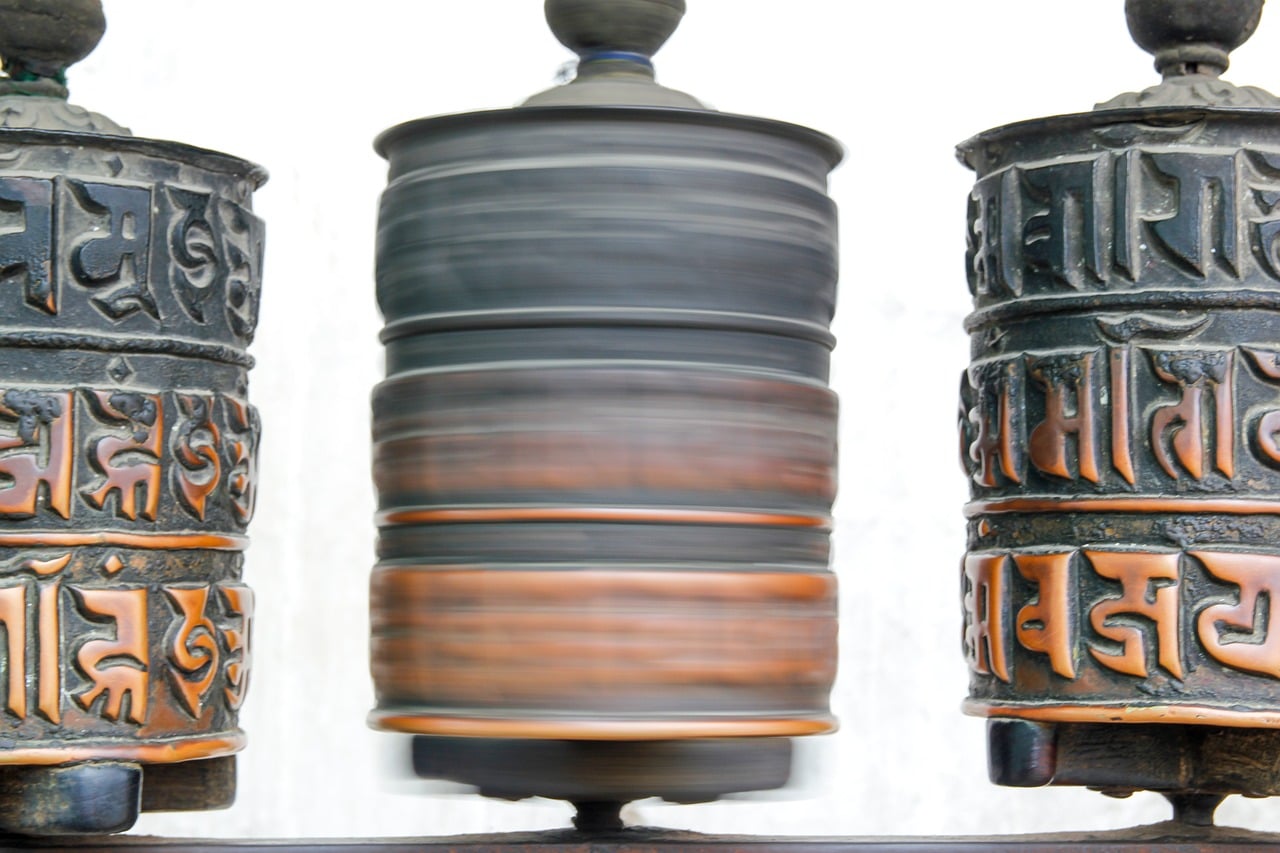Early humans used to communicate with one another through gestures and primitive oral sounds. Over time, they began to communicate through texts and inscriptions, which later took the form of languages with structured sentences. The origin of the first ever language is debated because it might have existed long before the first evidences suggest. So, linguists concluded that the age of a language should be calculated based on its first appearances in texts and contemporary use. There are more than 6,000 around the world, each of which originated at some point in history. Here we take a look at the top 10 oldest languages that have survived the test of time and are still used widely.
Top 10 oldest languages still in use
This list doesn’t include undeciphered scripts, symbols, or inscriptions. It’s about the earliest known ones that humans in one part of the world or another continue to use to this day.
10- Arabic
The first evidence of Arabic dates back to 328 AD. Almost 17 centuries later, it is spoken by more than 400 million in large parts of Asia, Africa, and Europe. Arabic is the official language of Saudi Arabia, the UAE, Iran, Iraq, Syria, Lebanon, Egypt, Kuwait, Jordan, Oman, and many other countries. There are many different dialects and branches of Arabic. The modern text is derived from the Quran.
9- Basque
You have probably never heard of Basque, which is native to the Basque people in northern Spain and southwestern France. It is still spoken by more than a million people in the region. According to linguists, it is the oldest surviving language from the pre-Indo-European era. Basque is completely unrelated to the Romance languages such as French and Spanish. In fact, it doesn’t have common roots with any other in the world. There is no conclusive evidence showing its origin.
8- Chinese
The first written evidence of Chinese is from 1200 BC. The Old Chinese in its purest form has disappeared, but several dialects have evolved over time and are now spoken by more than 1.2 billion people in China, Taiwan, Singapore, and some parts of South East Asia. Two of the most popular dialects of Chinese are Mandarin and Cantonese. Today it’s the most popular language in the world.
7- Latin
Latin belongs to the Indo-European family. It first appeared in 7th century BC and its oldest form is known as Old Latin. But people today are familiar with what linguists call Classical Latin. It became prominent when the Roman Empire made it their formal language. All the Romance languages such as Spanish and French have emerged from Latin. Today it is the official language of the Vatican City and Poland. Latin is taught at several higher education institutions around the world.
6- Greek
The earliest known evidence of Greek is from 1450 BC. Over a thousand years ago, some of the world’s most respected scholars and philosophers used to communicate in Greek. Though it has evolved considerably from its ancient version, it is still spoken by nearly 13 million people in Greece, Cyprus, and Albania. It is also an official language of the European Union.
5- Lithuanian
Though most European languages belong to the Indo-European family, Lithuanian retains the characteristics of the much older languages of the Proto-Indo-European category, which existed around 3,500 BC. It is the official language of Lithuania and is recognized as a minority language in Poland. Lithuanian is spoken by roughly three million people in Lithuania and Poland.
4- Farsi/Persian
Persian emerged sometime around 500 BC, and its modern version is still spoken by more than 110 million people in Iran, Afghanistan, and Tajikistan. Though the language is almost the same with little variation, it is called Dari in Afghanistan and Tajiki in Tajikistan due to political reasons. Modern Persian came around 800 AC, and it has changed little since then. It means a Persian speaker today could easily read a text written in say 900 AC.
3- Sanskrit
Sanskrit has influenced many modern European languages. It has its roots in India and Nepal. More than 15,000 people still speak Sanskrit and it is one of India’s official languages. Many linguists believe it originated from Tamil. Sanskrit is often described as the “language of Gods.” The earliest evidence of its existence is from 200 BC, though some believe it has been in existence for more than 3000 years.
2- Tamil
Tamil is spoken by nearly 80 million people in southern India, Sri Lanka, and Singapore. Tamil belongs to the Dravidian family. Cave inscriptions and potsherds in Tamil Nadu date back to 300 BC, though many linguists believe Tamil has been in continuous use for more than 5,000 years, making it one of the longest surviving and oldest languages on the planet. It can be classified into Modern Tamil, Classical Tamil, and Colloquial Tamil – all three of which are popularly used today.
1- Hebrew
Hebrew originated around 1000 BC, but it is widely believed that the language has been used for almost 5000 years. Notably, Hebrew became almost defunct around 400 CE and remained a liturgical language for Jews for over a thousand years. But its popularity grew rapidly in the 19th and 20th century. Hebrew is the official language of Israel. Though the modern version is slightly different from the Biblical version, modern speakers can fully understand the Old Testament and other ancient texts. Modern Hebrew has also been influenced by the Yiddish language.
These are the oldest languages still in wide use. There are many others such as the Irish Gaelic that qualify to be in the list. According to linguists, the verbal language emerged when early humans began hunting in groups, creating the need for verbal communication.




